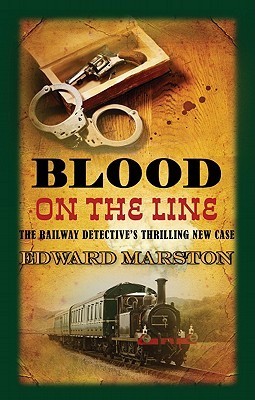Circuit Investigations
About this practical...
Before delving into the more complicated side of electricity and electronics, use this time to explore series and parallel circuits. What makes bulbs brighter? Impact of a bulb breaking. Is your home lighting circuit parallel or series and why? Can you recreate a two-way switch like that on your stairs?

Method:
In preparation for more specific tasks in physics, you need to understand certain relationships from Key Stage 3

1. Collect the equipment shown by your teacher. NOTE - creating a short circuit can cause heat which leads to fire and/or burns

2. Build a series circuit with more than one bulb, note the effect is one bulb is "taken out". Note the relative brightness of each other

3. Measure the voltage and current at various points along your circuit. Note down the results on your circuit diagram and describe patterns that you have observed

4. Repeat as above but with a parallel circuit

Which type of circuit do you now think we have in our homes for lights? Explain your reasoning.

Extension - see if you can create a "2-way" lighting circuit. This is the special lighting circuit that allows a switch at the bottom of the stairs and one at the top of the stairs to control a single bulb

Safety & Managing Risks
Usual lab rules must be followed: Bags and stools tucked away and notify the teacher of any breakages immediately. Take care with sources of electricity. The wires will become hot if you create a short circuit so follow the circuit diagrams carefully. Bulbs may become hot. For more detailed information, please consult CLEAPSS.

Technician notes:
Powerpacks (limited to 6V)

Ammeters

Voltmeters

Bulbs in bulb holders

Wires

This page was updated on: 1st August 2022


